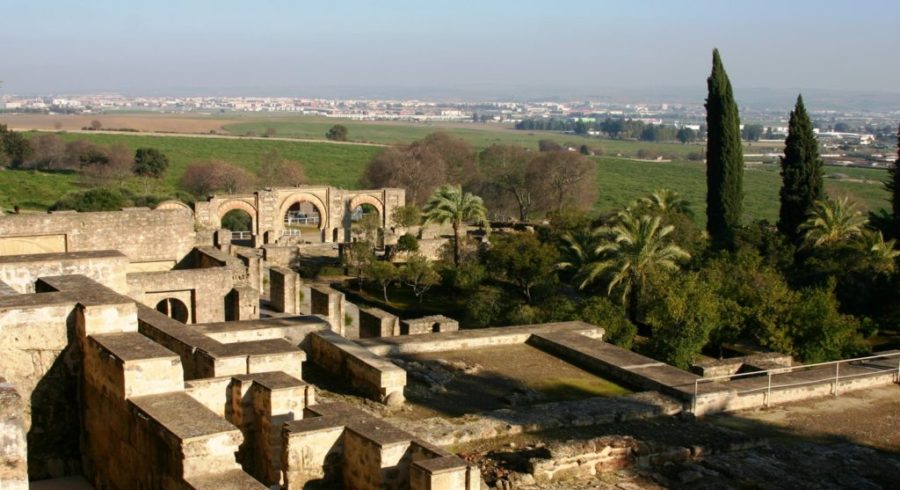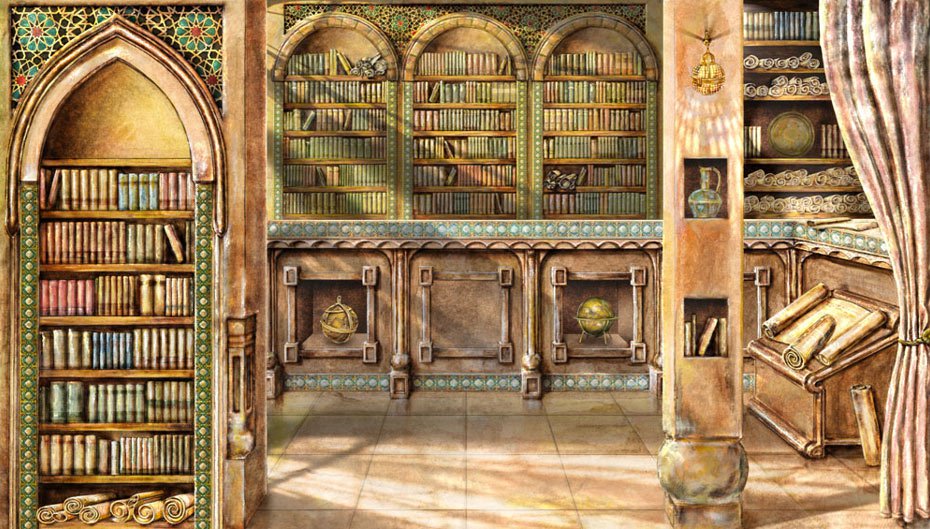
The Lost Library of Cordoba
The Cordoba library, considered the largest in the Muslim world, has disappeared without a trace, writes the website onedio.com.
The most outstanding library in Muslim Spain is, without a doubt, the palace library in Cordoba. It began to be created under the fourth Umayyad caliph of Andalusia, Abdurrahman II (792-852). The Caliph Abdurrahman III (929-961) continued to collect it, who took care of the development of culture, patronizing crafts, trade, literature and education. Under him, Cordoba became one of the most beautiful cities in the world. But the real founder of the famous library should be considered his son Hakam II. Under him, it became the largest collection of books in the Islamic world in the Middle Ages.
Hakam II had a particular interest in science and bibliography. He specially sent people to various cultural centers of the East to buy books there and bring them to Cordoba . In addition to the palace library, left to him from the father of Caliph Abdurrahman III, there were two more large collections of books with him. One belonged to Hakam II himself, and the second to his brother Muhammad. By combining all three collections, the Caliph created the famous Cordoba Library. It is reported that it contained more than 400 thousand books (for comparison, it can be noted that at this time in Europe in the cathedral libraries the number of books did not exceed one hundred). The old building turned out to be too small for so many manuscripts, so a new one had to be built. It took six months to get all the books there.

Source: bisatahmadi.com
In addition to librarians, scribes, illustrators, translators and binders worked at the Cordoba Library. During this time, many books were translated from ancient Greek and Latin into Arabic. A special commission was created to deal with this issue. Library agents monitored novelties and rare editions in different countries of the Muslim world. The glory of the library has stepped far beyond the borders of the country. The Emperor of Byzantium sent a luxurious copy of the Pharmacopoeia of Dioscoriada as a gift to the Caliph.
Under Hakama II, the Library of Cordoba experienced its heyday. After him, his son Hisham II, who was only 14 years old, ascended the throne. Therefore, the hajib (the highest court dignitary) and the military leader Ibn Abu Amir al-Mansur seized power. To keep power in his hands, he looked for support in those strata of the population that were dissatisfied with some of the actions of Hakama II. Al-Mansur entrusted a group of representatives of them to remove from the library books that seemed to them the most dangerous and harmful, and burn them.
After the death of al-Mansur in 1002, there were times of turmoil, power passed from one ruler to another, as a result of which the Cordoba Caliphate fell into decay and disintegrated. The library had to endure a new disaster. When Cordoba was surrounded by the Berbers, the governor of the city of Vadih, having no funds to pay salaries to the mercenaries, ordered the sale of some of the books . After that, the library was plundered by the Berbers, who captured Cordoba. The books from this library went to different cities of Andalusia, and then completely disappeared as a result of the policy of Ferdinand and Isabella, aimed at destroying traces of Muslim culture in the region.

Source: bisatahmadi.com
Islamosphere

